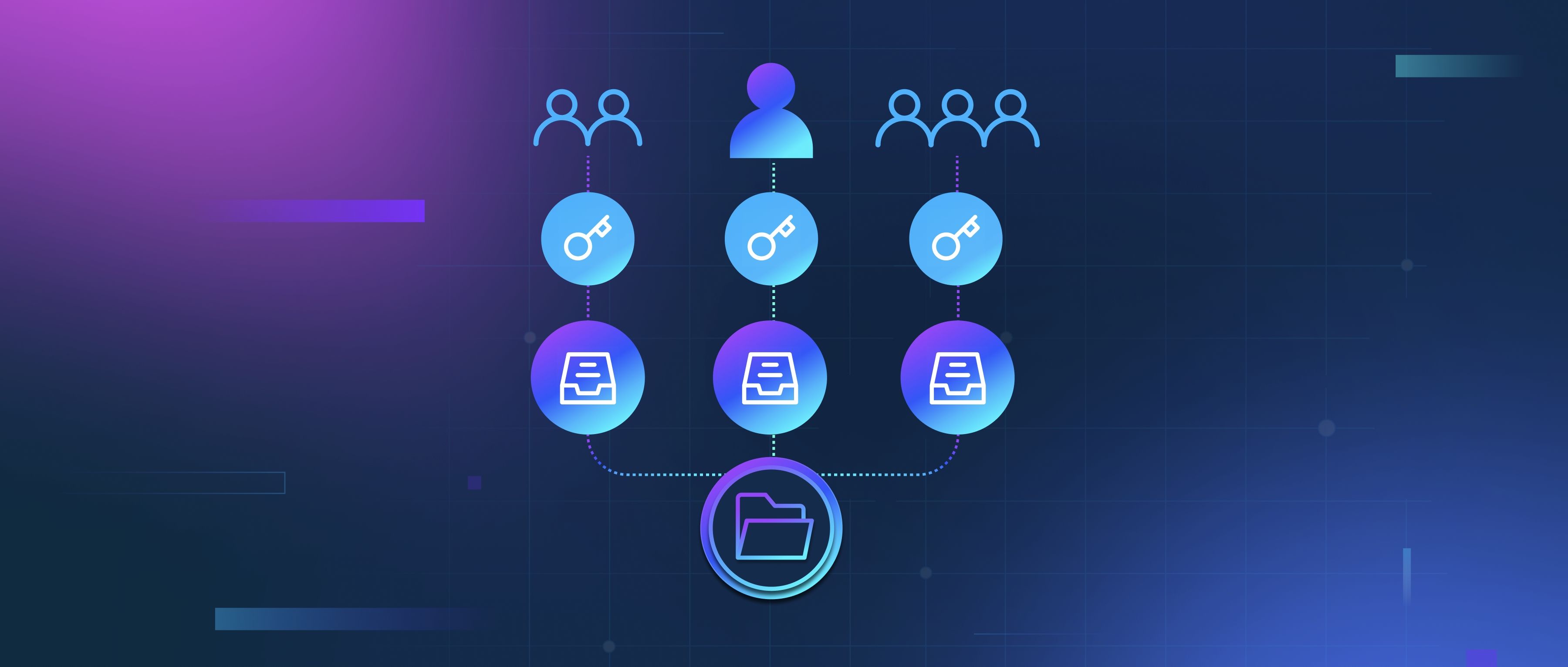Yes, you can fine-tune OpenAI models using custom datasets, but the process and options available depend on which model you are using. For earlier models such as GPT-2 and some versions of GPT-3, OpenAI provided the ability to fine-tune these models with your own datasets. Fine-tuning allows you to adapt a pre-trained model to perform better on tasks specific to your data by training it further on examples that reflect the style, terminology, and context relevant to your domain or application.
For more recent models, like GPT-3.5 or GPT-4, OpenAI has shifted focus towards using a method called “prompt engineering” instead of traditional fine-tuning. This means that rather than adjusting the model weights directly, developers can create specific prompts that guide the model toward generating outputs that are more aligned with their needs. However, OpenAI has introduced features like embeddings and other APIs that allow developers to customize and influence model behavior without needing to perform fine-tuning in the conventional sense.
If you still aim to work with fine-tuning, ensure that your dataset is well-structured and relevant to the task. For instance, if you are building a customer support chatbot, you might create a dataset consisting of past chat logs categorized by intent and response. You would then use this dataset to fine-tune a model so it can better generate appropriate replies based on patterns learned from that specific conversation data. Always consider OpenAI’s usage policies and ensure that your application complies with them when leveraging custom datasets.
